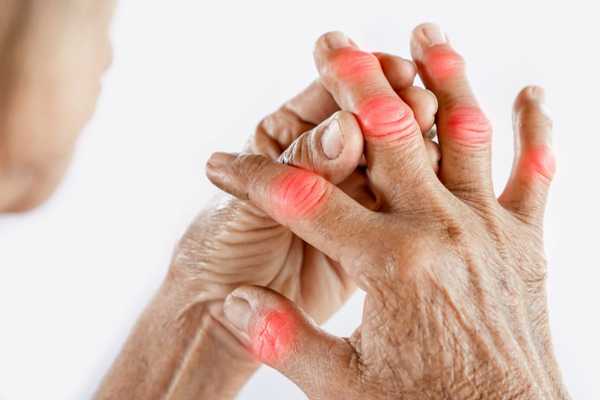太陽光パネル設置工事の仕事を探している求職者のためのガイド
Signs of Breast Cancer & Why Early Detection Matters
Breast cancer is one of the most common cancers among women worldwide, but early detection can significantly improve treatment outcomes and survival rates. While a lump in the breast is one of the most recognized signs, breast cancer can also present in more subtle ways that are often overlooked. Understanding these signs is essential for early detection and timely medical intervention. From skin changes to unexplained pain, recognizing what to watch for can help you take proactive steps toward your health and well-being.
Breast cancer is one of the most common cancers among women worldwide, but early detection can significantly improve treatment outcomes and survival rates. While a lump in the breast is one of the most recognized signs, breast cancer can also present in more subtle ways that are often overlooked. Understanding these signs is essential for early detection and timely medical intervention. From skin changes to unexplained pain, recognizing what to watch for can help you take proactive steps toward your health and well-being.

What is Breast Cancer?
Breast cancer is a disease in which cells in the breast grow abnormally and uncontrollably. It can form in various parts of the breast, including the ducts and lobules. Although the exact causes of breast cancer are not fully understood, several risk factors, such as genetics, age, and lifestyle, may contribute to its development. Understanding these risk factors can help increase awareness and guide early detection and treatment.
Common Signs of Breast Cancer
While breast cancer may present differently in each individual, there are some common signs to watch out for. It's important to note that these symptoms do not necessarily mean you have breast cancer, but they should be investigated by a healthcare provider if they persist or worsen.
- Lumps in the Breast or UnderarmOne of the most common signs of breast cancer is a lump or mass in the breast or underarm area. While not all lumps are cancerous, those that are hard, irregular in shape, and painless may be more concerning. Some lumps may be benign, such as cysts or fibroadenomas, but getting them checked is always a wise choice.
- Changes in Breast Shape or SizeA sudden change in the shape or size of the breast can be another indication. The breasts may become swollen, asymmetrical, or change in contour. These changes could be related to hormonal fluctuations, but they can also signal breast cancer. It’s essential to note whether these changes persist or fluctuate with your menstrual cycle.
- Skin ChangesNoticeable skin changes over the breast, such as dimpling, puckering, or an orange-peel texture, could be signs of underlying cancer. Skin redness or unusual thickening may also be concerning. Although these changes might be due to other conditions like infections, they can also indicate more serious issues, such as inflammatory breast cancer, a rare but aggressive form of the disease.
- Nipple DischargeNipple discharge, especially if it occurs without squeezing or pressure, can be alarming. While not all discharges indicate cancer—some may stem from infections or benign tumors—discharge that is bloody, clear, or occurs only in one breast should prompt medical attention.
- Pain or DiscomfortBreast pain is often linked to hormonal changes, but it can sometimes signal breast cancer. Persistent, unexplained pain in the breast or nipple that does not correlate with your menstrual cycle should not be ignored. This symptom may not be common, but in some cases, discomfort has been reported by people with breast cancer.
- Nipple Retraction or InversionIf you notice your nipple turning inward (inverted) or becoming flat without a previous history of such changes, it could suggest an underlying issue. Nipple inversion can be benign, especially if it has been long-standing or occurs in both nipples. However, if it happens suddenly or only affects one side, it’s important to consult a healthcare provider.
The Importance of Early Detection
Early detection is crucial for effective breast cancer treatment. When breast cancer is identified in its early stages, treatment options tend to be more varied and less invasive. Early-stage cancers are often smaller and have not spread to other parts of the body, which typically allows for more effective treatment interventions.
Screening methods like mammograms are particularly important for individuals over 40 or those at high risk due to family history. A mammogram can detect abnormalities before physical symptoms appear, which is why regular screenings are emphasized as a preventive measure.
However, screening does not guarantee the prevention of breast cancer or its progression. It is essential to complement screenings with awareness of changes in your body and self-exams. While self-breast exams may not be as heavily emphasized as mammograms, they remain a valuable tool for understanding your body and identifying unusual changes that may warrant further investigation.
Risk Factors to Consider
While early detection is essential, it’s also helpful to understand the risk factors associated with breast cancer. These include:
- Age: The risk increases as you get older.
- Family History: Having close relatives who have had breast cancer increases your risk.
- Genetic Mutations: Inherited gene mutations, such as BRCA1 and BRCA2, elevate the risk of breast cancer.
- Hormonal Factors: Extended exposure to estrogen (e.g., starting periods early or going through menopause after age 55) can increase the risk.
- Lifestyle Factors: Alcohol consumption, obesity, and lack of physical activity may contribute to a higher risk of developing breast cancer.
Understanding your own risk can help guide your screening practices and encourage lifestyle changes that may reduce your potential risks.
Conclusion
Breast cancer can be a daunting concern, but recognizing the signs and taking action can significantly improve treatment outcomes and survival rates. By understanding the symptoms, performing regular self-exams, and scheduling screenings as recommended by healthcare providers, individuals can better monitor their health and potentially improve outcomes if breast cancer develops. Stay informed and aware—early detection might not guarantee prevention, but it can dramatically impact the course of treatment.











